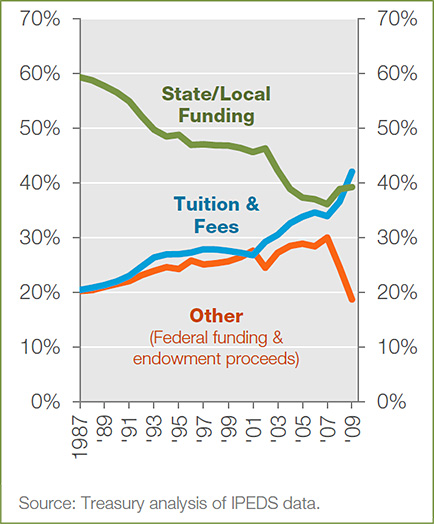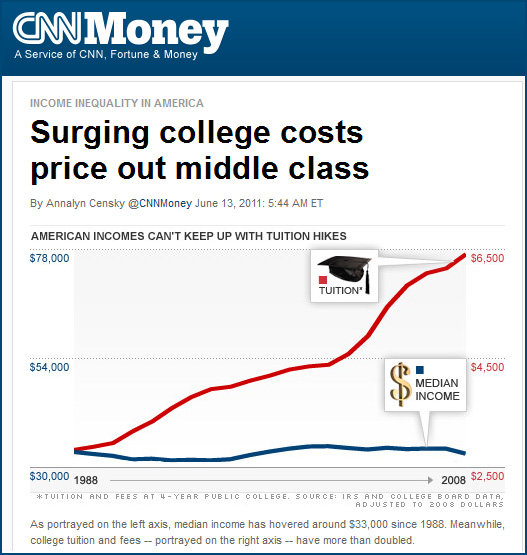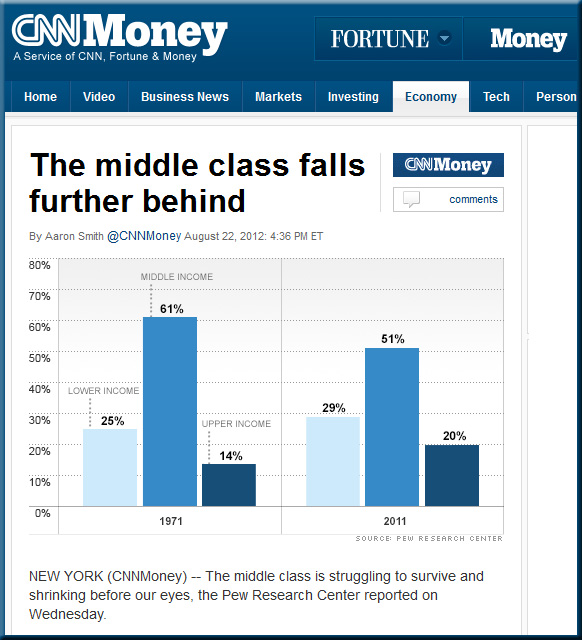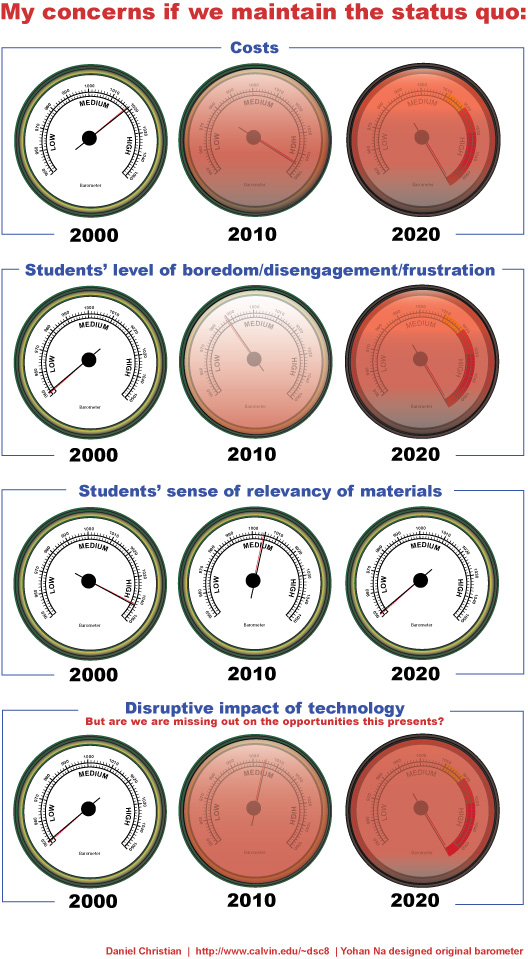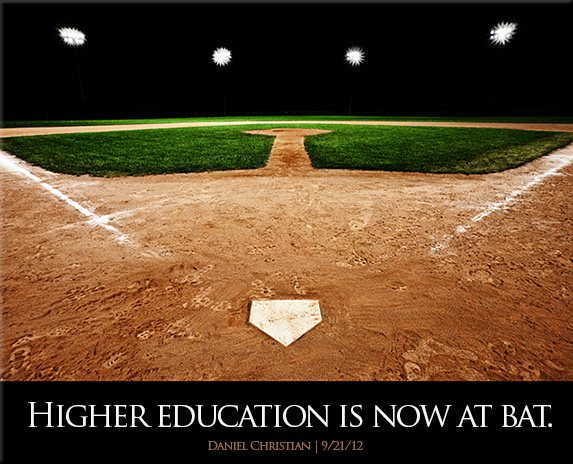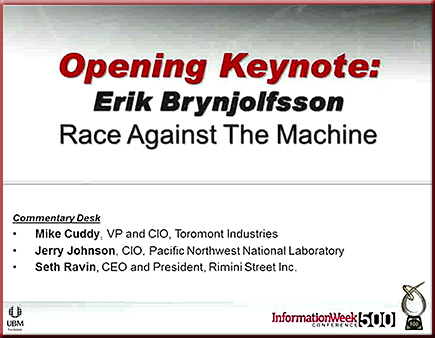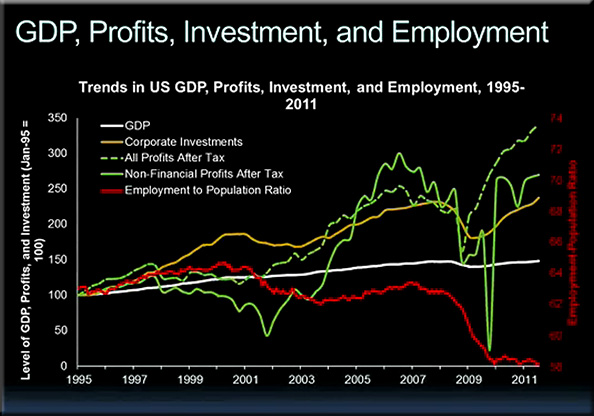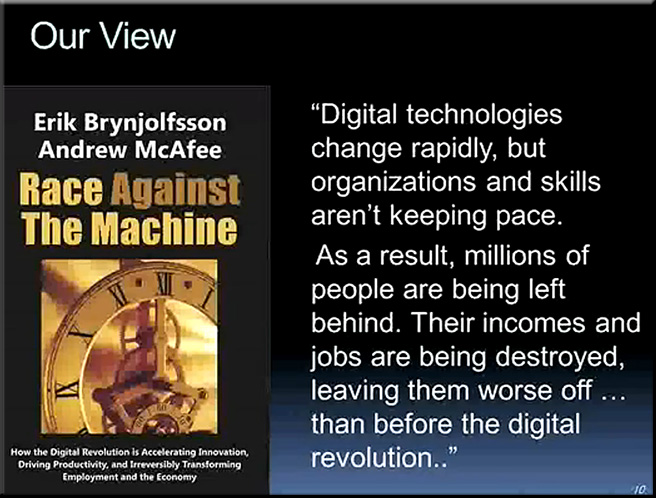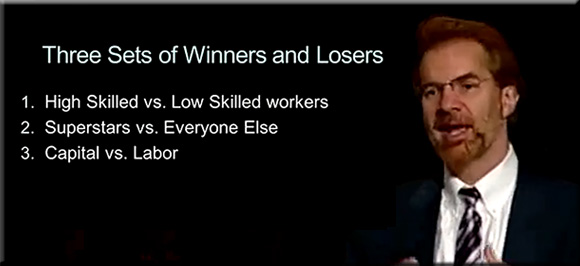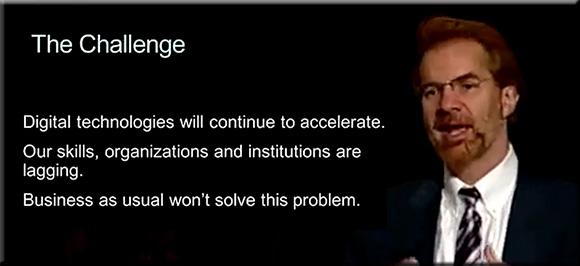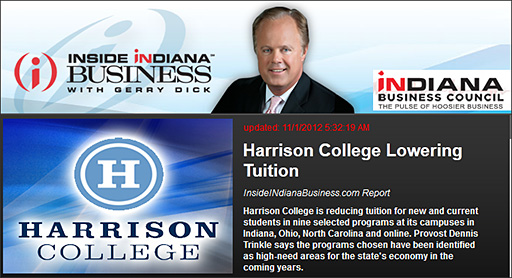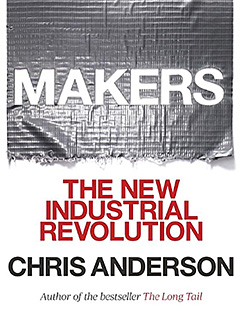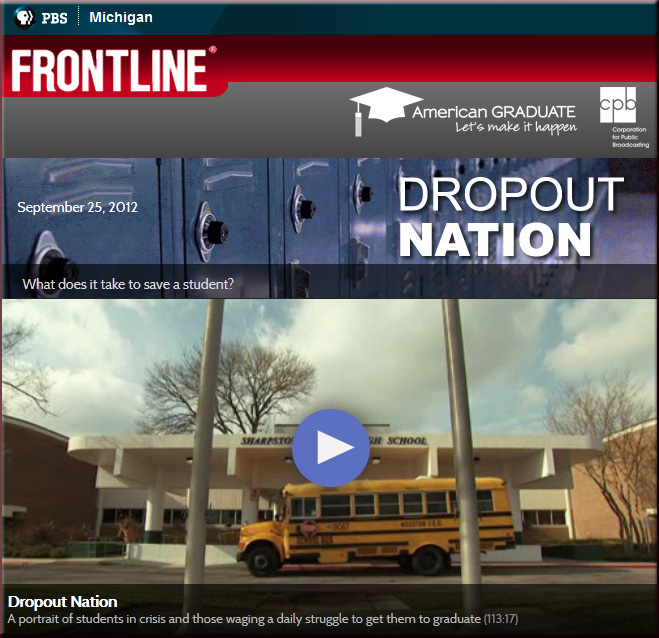Just ahead: The robotics revolution — from kiplinger.com by Art Pine; with thanks going out to Erik Brynjolfsson (@erikbryn) for his posting on Twitter re: this
The U.S. is on the cusp of an explosion in robotics that will have a significant impact on business and the economy over the next decade. Here’s how it will affect you.
Excerpt:
The use of robotics in manufacturing and service industries is expected to mushroom over the next 10 to 15 years, forcing significant changes in the way many companies do business, and posing opportunities — and problems — for workers.
From DSC:
I don’t mean to be negative here…but…are we leaving a large swath of people behind? If many people don’t like learning — as evidenced by the dropout rates across the United States — the mountains will be much harder to climb in terms of helping people reinvent themselves as these events/trends take place. The ramifications are immense and affect all of us!
What SHOULD these things mean for K-12? Higher education? The corporate training departments?










